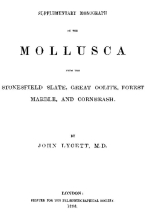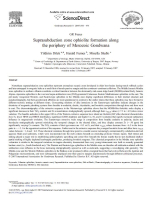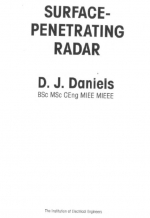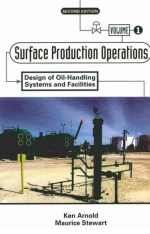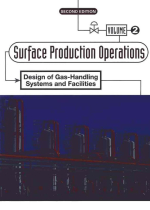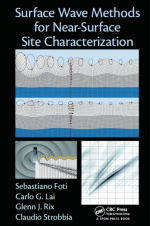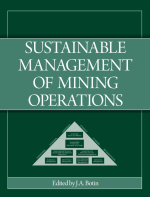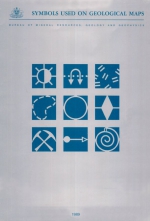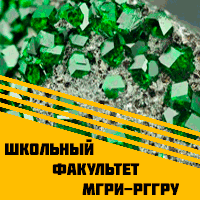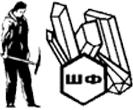This book presents standard and special (preferred) geological map symbols that are for use at all stages of map preparation and publication. Drafting specifications are included. The symbols have been endorsed by the Chief Government Geologists' Conference, 1988.
The following are the guiding principles for symbol selection:
• Symbols should be simple, easy to draw, clear, and reproducible on printed maps.
• The symbol which creates a mental image of the object or concept represented is preferred.
• Symbols portraying related objects or concepts should have common characteristics (e.g. oil and gas well symbols).
• Established symbols have been retained, where compatible with the points above.
• There must be a general symbol which can be used where knowledge is incomplete (e.g. a fault symbol that can be used where only the strike of the fault is known).


